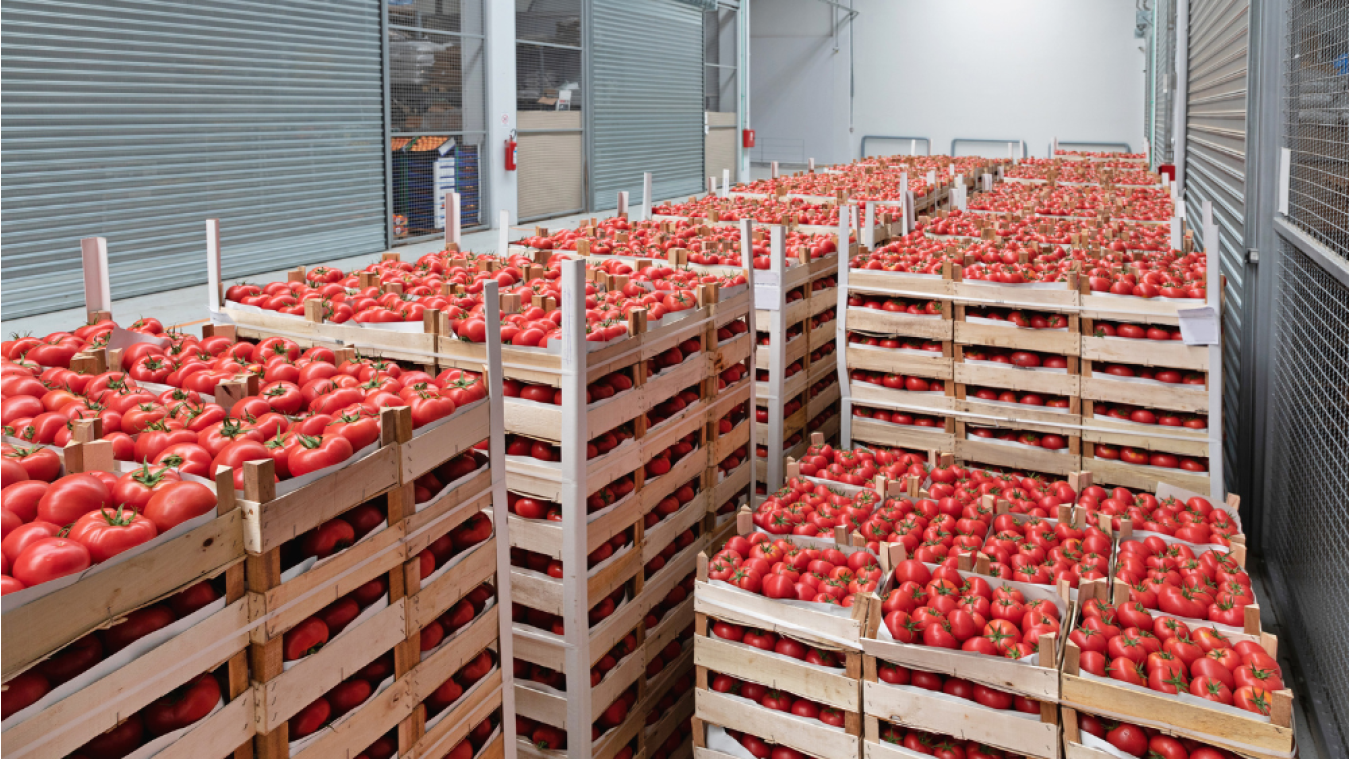
If you're a food producer, then you know that getting your product out there is key to success. But with so many different distribution channels to choose from, how do you know which one is right for you? In this guide, we will discuss the most popular distribution channels for food products and help you decide which one is best for your business. Let's get started!
The most popular distribution channels for food products are online marketplaces, grocery stores, specialty food stores and more. Let's take a closer look at each one:
Grocery Stores
Grocery stores are another popular option for food producers. You can sell your product to a grocery store chain or an independent grocer. The benefit of selling to a grocery store is that you'll have a built-in customer base. However, you may have to sell your product at a lower price point in order to get it into the store.
Specialty food stores are a great option if you have a niche product. These stores typically focus on selling unique or hard-to-find items, so your product will have less competition. However, you'll need to make sure that your product is high quality and appealing to the store's target market.
If your product is ready-to-eat or can be used in a recipe, then you may want to sell it to restaurants and caterers. This is a great way to get exposure for your product, but you'll need to make sure that your product is up to the standards of these professional kitchens.
If you're looking to reach a wide audience, then you may want to sell your product through a wholesaler or distributor. These companies will buy your product in bulk and then resell it to retailers. The benefit of this option is that you'll have less paperwork and can reach a larger number of potential customers. However, you'll need to be able to sell your product at a lower price point in order to make a profit.
Another option to consider is setting up your own online store. This way, you'll have complete control over your product listings, prices, and shipping. The downside of this option is that you'll need to drive traffic to your store and manage all of the orders yourself. But if you're willing to put in the work, then an online store can be a great way to sell your food products. Thanks for reading!
Online marketplaces like Amazon and eBay are a great way to reach a wide audience with your product. You'll need to create a listing for your product and set a price, and then potential customers can purchase it from your online store. The downside of online marketplaces is that you'll have to compete with other sellers for exposure, and you may not always get the full retail price for your product.
Now that you know more about the most popular distribution channels for food products, you can decide which one is right for your business. Whichever route you choose, make sure to do your research and plan ahead so that you can get your product in front of the right people.
For online marketplace channel for food and agriculture products. Please contact us at inquiry@foodfarmhub.com
Thanks for reading!